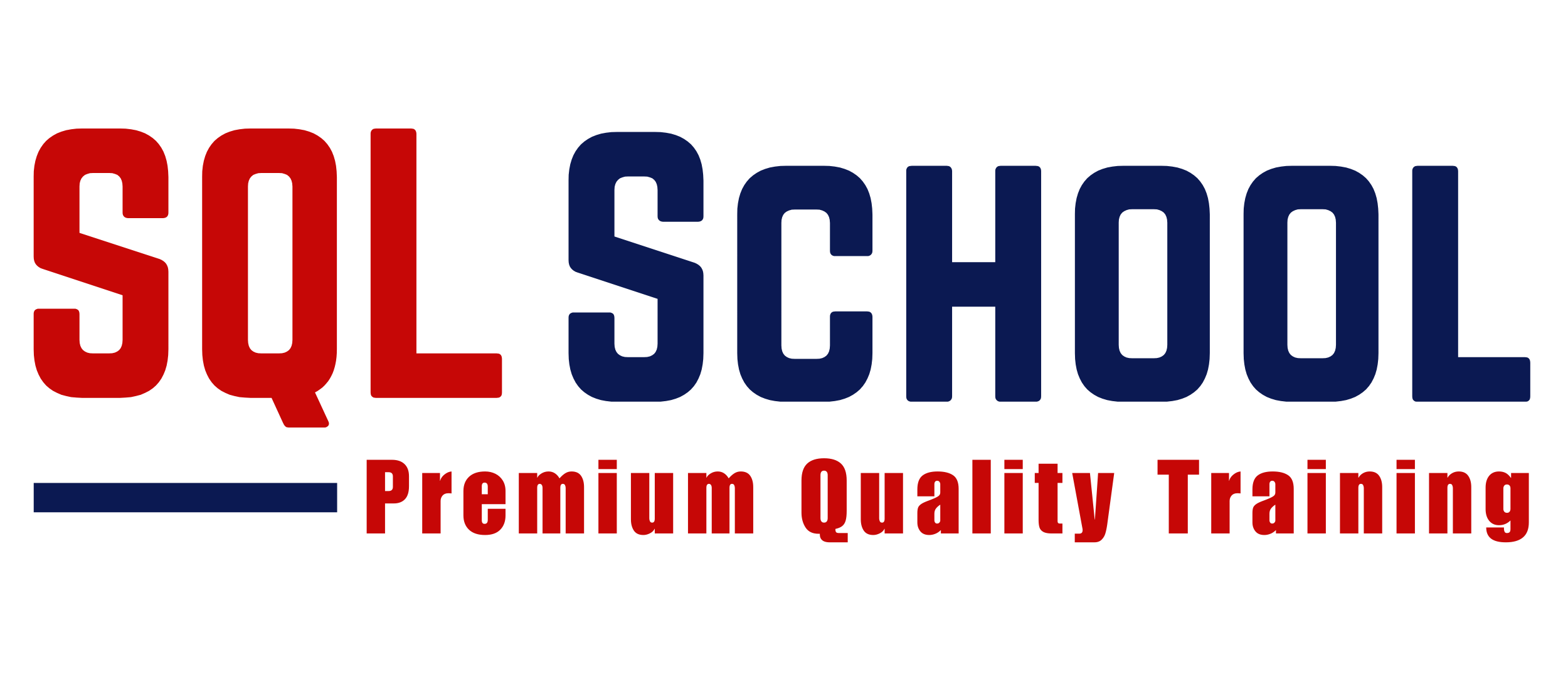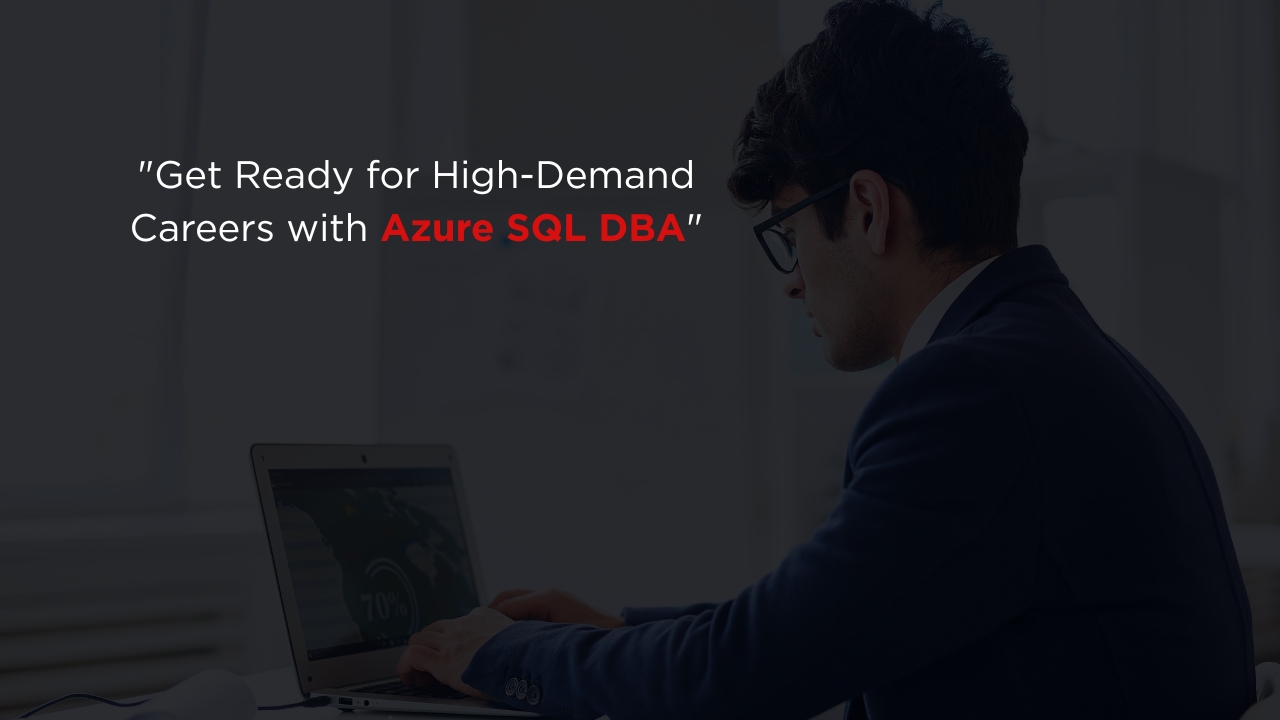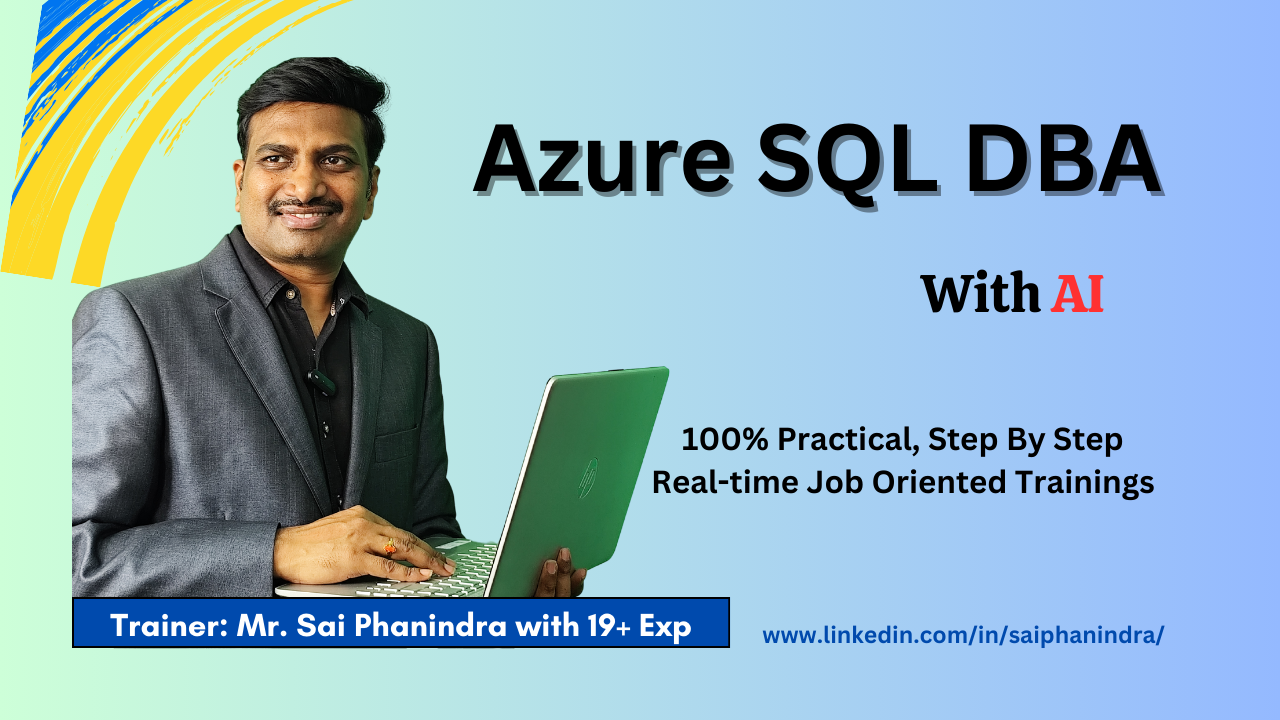Freshers aiming for cloud database admin roles
On-prem SQL DBAs transitioning to Azure
System admins and DevOps engineers expanding to Azure SQL
IT professionals preparing for Azure DBA certifications
Anyone interested in managing SQL workloads on Azure
No prior coding experience is required. All concepts are taught from scratch

















